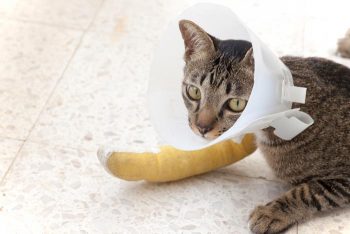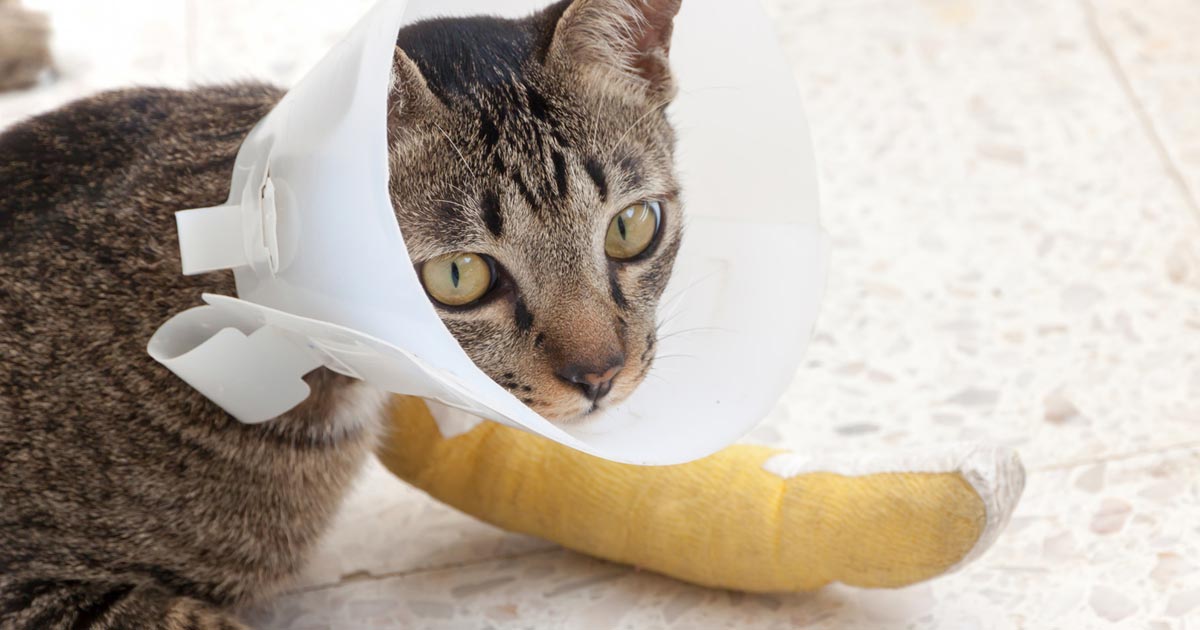When I was 14, I watched a documentary aired as part of Channel 4’s “Banned” season. Called The Animals Film, the programme was about the way humans use and abuse animals for their own ends, with the emphasis very much on abuse.
I didn’t sleep very much that evening and became a vegetarian overnight.
The film didn’t make me want to become a vet (James Herriot had already seen to that), but it did make me realise why I wanted to be a vet. I wanted to be a voice for those that had no voice. I wanted to help relieve the suffering of those that couldn’t tell you when they were suffering.
Well, it’s been quite some time now since I was anything-teen and, like a lot of the middle-aged, looking back at the angry kid I was, I’m not sure how successful any of it was; the best I can say is I’m still a vegetarian. Did I really help all that much? I’m not sure.
I haven’t watched the film since, and I don’t think I want to, but one thing was clear – humans are spectacularly good at being cruel to animals when they put their minds to it.
Injuries caused knowingly
Here’s something that’s been on my mind recently – have I ever actually seen a case of animal abuse?
The short answer is yes, of course I have – neglect is abuse and I’ve seen plenty of cases of that in my time, as well as inadvertent cruelty caused by compulsive hoarders, and significant and lasting harm caused by unscrupulous dog breeders. But even though they cause real – and, in many cases, severe – suffering, that’s not really what I’m talking about. Those cases are easy to spot and can be managed. I mean actual physical abuse – injuries caused by owners beating their animals. It happens – I know it must do.
Statistics and court cases prove it, and I understand the way humans work (I am one, after all). But, despite all that, I have never actually knowingly seen injuries caused by animal abuse in my consulting room – and the key word in this sentence is “knowingly”.
Juggling act

Consulting is, as we all know, an art form; a juggling act of compromise between what the client wants, what he or she can afford and what is best for his or her pet. It requires trust on both sides and, as a vet, I tend to trust what the owner tells me, unless I am strongly suspicious to the contrary.
I have never seen injuries in circumstances suspicious enough to suspect anything more than an accident has occurred. The closest time I can remember is a femoral fracture in a kitten, where the owners were extremely vague about how it happened.
Discussion took place in the practice about what we should do, and the owners eventually admitted their young son had dropped the kitten while they were letting him hold it.
They seemed worried and guilty enough that I believed them, but could they have still been lying?
Assault or accident?
Could any of my clients have been lying? How many injuries I treated through the years were caused through deliberate assault rather than accident? None? One? Ten? Twenty? I never recognised it – it’s possible I never saw it at all, but, being generous, I think it’s fair to say it’s statistically unlikely.
The 14-year-old me believed humans were capable of extreme violence to animals – he certainly wasn’t naive. The veterinary surgeon I became trusted his clients. Have I had the wool pulled over my eyes? The thought horrifies me, but it’s probably true.
Maybe it’s the population of clients I have seen. Maybe the type of person who takes his or her animal to the vet at all is unlikely to have abused it in the first place. There’s probably some truth in that, but, I suspect, not enough. I must have seen it; I must have. Never knowingly.
See no evil
So, here’s the point of this ramble. Some animal abuse is hidden – it happens behind closed doors, to creatures that can’t fight back and have no words to ask for help. If I was fooled then maybe some of you have been, too.
Maybe if we talk about it more, we can learn to recognise it for what it is. So this is me talking about it. Am I being overly pessimistic in thinking I’ve missed it? Have I been lucky or naive?
What are your experiences?

Leave a Reply